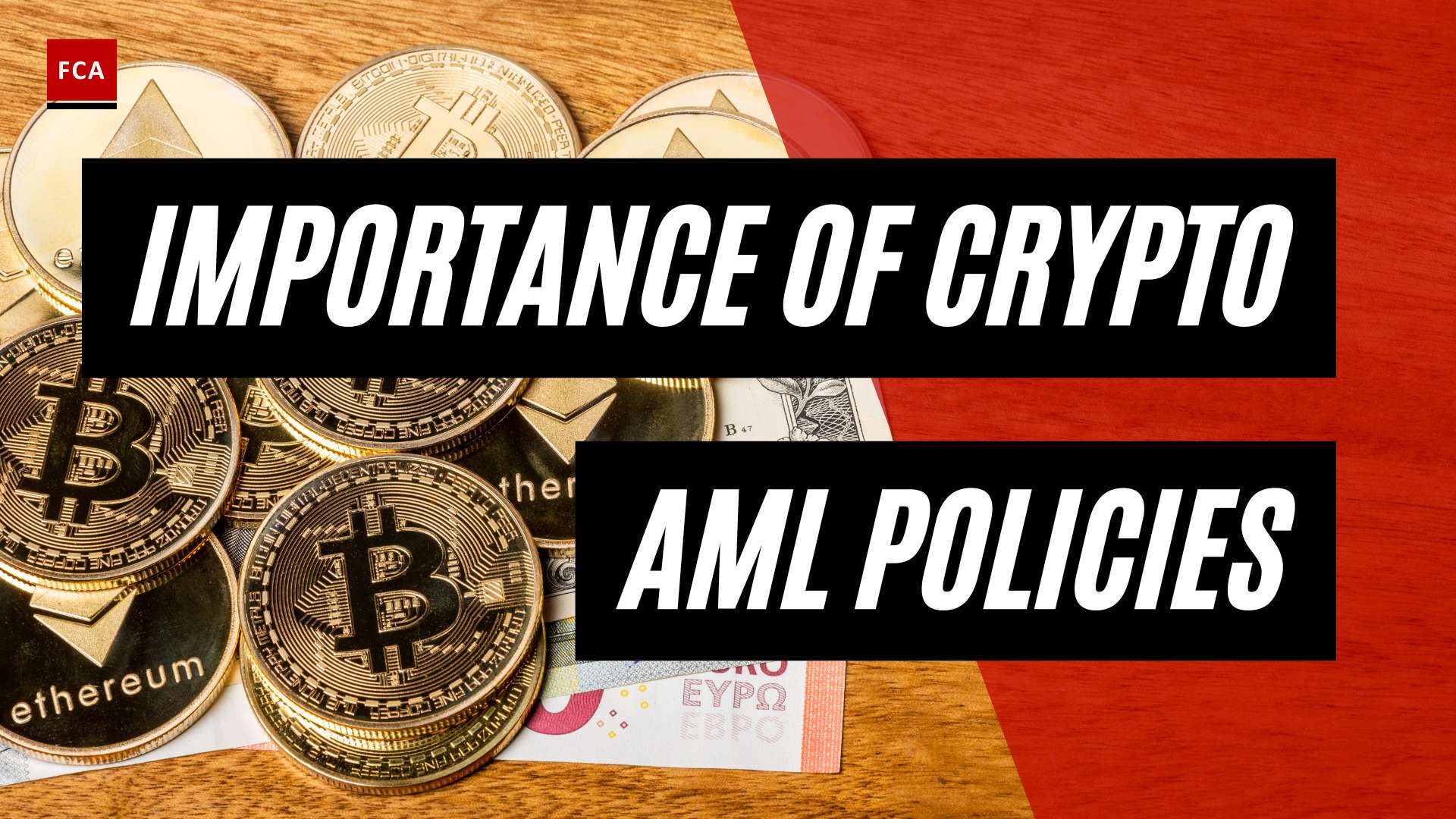Understanding AML in Mobile Payments
The rapid advancement of technology in the financial sector has given rise to modern payment methods, including mobile payments. While these innovations offer numerous benefits, they also present unique challenges in the area of Anti-Money Laundering (AML).
The Rise of Mobile Payments
Over the past decade, mobile payments have seen a significant surge in popularity owing to their convenience and ease of use. This growth is further fueled by the increased adoption of smartphones and the advancement of mobile technology, which has led to the emergence of innovative financial products and services like peer-to-peer (P2P) mobile transactions and mobile wallets. However, the rise of mobile payments has inadvertently opened up new avenues for financial crimes, necessitating robust AML measures in the mobile payment landscape.
AML Challenges in Mobile Payments
AML in mobile payments can be particularly challenging due to the complex nature of these transactions. Mobile payments often involve multiple parties, complex transaction flows, and rapid processing times, making it difficult to trace the original source of funds and track the movement of money effectively.
Moreover, the cross-border nature of mobile payments adds another layer of complexity to AML efforts. Since mobile transactions can occur across various jurisdictions, monitoring and regulating these cross-border transactions effectively can be a challenge (FATF-GAFI).
The widespread use of virtual currencies in mobile payments has also introduced new vulnerabilities to money laundering. With the growing trend of using alternative payment methods, distinguishing between legitimate transactions and illicit activities has become increasingly difficult.
Given these challenges, the implementation of robust AML systems for mobile payments has become crucial. Such systems should be able to monitor large volumes of transactions, analyze patterns, and identify any suspicious behavior in real time to ensure compliance with regulatory requirements.
As we delve deeper into the realm of AML in mobile payments, we will explore the strategies, regulations, and technological innovations that are shaping this dynamic field. For more insights on AML in digital payments, refer to our comprehensive guide on aml in digital payments.
AML Strategies for Mobile Payments
The rise of mobile payments has provided a fertile ground for illicit activities. As such, the implementation of robust Anti-Money Laundering (AML) systems and the use of advanced technologies have become paramount to ensure the integrity of mobile financial services.
Implementing Robust AML Systems
The increase in the popularity of mobile payments has made it a target for money launderers seeking to exploit system vulnerabilities. This underscores the need for robust AML systems capable of monitoring large volumes of transactions in real time, analyzing patterns, and identifying suspicious behavior.
These systems are essential to meet regulatory requirements and to mitigate the risk of money laundering activities within the mobile payments landscape. This involves multiple parties, complex transaction flows and rapid processing times, all of which make it difficult to trace the original source of funds and track the movement of money effectively (Tookitaki).
A comprehensive AML compliance program, in line with the regulatory requirements set by bodies like the Financial Action Task Force (FATF), is a must for mobile payment providers. For more information on AML regulations in the mobile payments industry, check out our article on mobile payment industry regulations.
Advanced Technologies for AML
As the AML landscape becomes more complex, financial institutions and payment service providers are turning to advanced technologies like artificial intelligence (AI) and machine learning. These technologies enhance transaction monitoring capabilities, automate the detection of suspicious transactions, reduce false positives, and improve overall AML compliance.
The integration of biometric authentication methods in mobile payments offers enhanced security and fraud prevention measures, helping to mitigate the risks associated with money laundering activities in digital transactions.
Moreover, detection of suspicious transactions is key for AML compliance for mobile payment providers. They often need third-party software for transaction monitoring to automatically scan all customer transactions, generate alerts for suspicious activities, and report them to the relevant authorities (Sanction Scanner). For more on this, read our article on mobile payment transaction monitoring.
As the AML environment evolves, businesses in the mobile payments sector are pushed to continuously update their compliance practices to mitigate financial crime risks (vneuron). This necessitates a collaborative approach between financial institutions, regulators, and technology providers to establish effective AML compliance frameworks for mobile payments.
Regulatory Requirements and Compliance
Adherence to regulatory requirements and compliance is crucial in the world of mobile and digital payments. This ensures that businesses are taking adequate measures to prevent money laundering and other illicit activities.
Evolution of AML Compliance Regulations
As technology continues to evolve, so too do AML compliance regulations. The rise of digital advancements in the mobile payments sector has necessitated continuous updates to compliance practices to mitigate financial crime risks. This constant evolution is a response to the growing need for robust regulations in a rapidly changing environment (vneuron).
For instance, the use of virtual currencies in mobile payments has significantly increased over the years. It was reported in 2019 that 1 in 10 people in emerging markets had used a form of virtual currency for their mobile payments (FATF-GAFI). This growing trend highlights the need for updated regulations to cater to these alternative payment methods.
Furthermore, the widespread adoption of mobile payments has led to the introduction of innovative financial products and services like peer-to-peer (P2P) mobile transactions and mobile wallets. While these advancements provide greater financial inclusion and accessibility, they also introduce new vulnerabilities to money laundering and terrorist financing. This calls for the continuous adaptation of AML strategies to address the evolving landscape of mobile payments and the associated risks.
The Role of Regulatory Bodies
Regulatory bodies play a pivotal role in establishing and enforcing AML compliance regulations. Collaboration between them, financial institutions, and technology providers is crucial in creating effective AML compliance frameworks for mobile payments. This united front against money laundering activities fosters a secure digital financial ecosystem.
One of the key challenges in combating money laundering in mobile payments is distinguishing legitimate transactions from illicit activities. Given the fast and convenient nature of mobile payments, there’s a risk of criminals exploiting the system. This highlights the vital role of regulatory bodies in developing effective AML measures that can differentiate between lawful and unlawful transactions in the mobile payments sector.
Furthermore, the cross-border nature of mobile payments introduces unique challenges. As transactions can occur across various jurisdictions and involve multiple parties, monitoring and regulating these cross-border transactions effectively is complex. International cooperation and information sharing among authorities, financial institutions, and mobile payment service providers are essential for strengthening global AML frameworks and combating illicit activities that exploit the cross-border nature of mobile payments.
Regulatory bodies, therefore, are at the forefront of the fight against money laundering and other financial crimes in the domain of AML in mobile payments. Their role in setting regulations, enforcing compliance, and fostering international cooperation is key to ensuring the integrity of the global financial system.
Key Components of AML Programs
Anti-Money Laundering (AML) programs are an essential part of maintaining the integrity of mobile and digital payment systems. These programs are composed of various components that aim to prevent and detect illicit activities such as money laundering and terrorist financing. Two key components are Know Your Customer (KYC) and Customer Due Diligence (CDD) procedures, and the detection of suspicious transactions.
KYC and CDD Procedures
In the context of AML in mobile payments, KYC and CDD procedures play a crucial role. These procedures are implemented by mobile payment providers during the customer onboarding process to detect risks and threats. This includes verification of customer identities and screening against international sanction and Politically Exposed Persons (PEP) lists.
The use of digital identities and biometric data can further enhance these procedures. By incorporating these technologies, financial institutions and regulators can better verify the identities of individuals involved in mobile transactions, thereby improving the overall efficiency and security of AML measures.
Suspicious Transaction Detection
Detecting suspicious transactions is another key component of AML compliance for mobile payment providers. Due to the nature of mobile payments, which are often fast and convenient, there is a risk of criminals exploiting this system to launder money or fund terrorist activities. As such, there is a crucial need to develop effective measures that can differentiate between lawful and unlawful transactions in the mobile payments sector.
To address this, mobile payment providers often leverage 3rd party software for transaction monitoring. This software automatically scans all customer transactions, generates alerts for suspicious activities, and reports them to the relevant authorities (Sanction Scanner).
The continuous evolution of mobile payments, with the emergence of new financial products and services like peer-to-peer (P2P) mobile transactions and mobile wallets, calls for ongoing adaptation of AML strategies. Regulators and financial institutions need to continuously update their AML/CFT strategies to address the evolving landscape of mobile payments and the associated risks.
Moreover, due to the cross-border nature of mobile payments, international cooperation and information sharing among authorities, financial institutions, and mobile payment service providers are essential for strengthening global AML/CFT frameworks. This cooperation helps combat illicit financial activities that exploit the cross-border nature of mobile payments.
In conclusion, the combination of robust KYC and CDD procedures, and effective suspicious transaction detection systems, forms a solid foundation for an effective AML program in the mobile payments sector. With the continuous evolution of the mobile payment landscape, these programs need to be agile and adaptable to effectively mitigate risks.
Technological Innovations in AML
In the landscape of AML in mobile payments, technology plays a pivotal role in enhancing security measures, improving transaction monitoring capabilities, and combating fraudulent activities. Two significant technological advancements in this sphere are biometric authentication and the use of artificial intelligence (AI) and machine learning.
Biometric Authentication for AML
Biometric authentication, which includes facial recognition, fingerprint scanning, and iris scanning, offers enhanced security measures in the realm of mobile payments. The integration of these methods helps mitigate the risks associated with money laundering activities in digital transactions by reliably verifying user identities.
In addition, the use of digital identities and biometric data can enhance AML/CFT processes. Financial institutions and regulators can better verify the identities of individuals involved in mobile transactions, improving the overall efficiency and security of AML/CFT measures. This provides a more robust framework for verifying customer identities and detecting suspicious activities in mobile payments.
For more information on mobile payment security measures, visit our mobile payment security measures page.
Use of AI and Machine Learning
Artificial Intelligence (AI) and machine learning are transforming the way financial institutions and payment service providers address AML challenges in mobile payments. By deploying these advanced technologies, organizations can enhance their transaction monitoring capabilities.
AI and machine learning can help automate the detection of suspicious transactions, reducing false positives and improving overall AML compliance. This automation not only speeds up the detection process but also makes it more accurate and efficient, saving valuable time and resources.
These technological innovations are changing the face of AML in mobile payments, offering more robust and effective solutions to the challenges posed by money laundering and financial crime. The use of such technologies is an integral part of mobile payment fraud prevention strategies.
These emerging technologies hold great potential for the future of AML in mobile payments, promising improved compliance, enhanced security, and effective fraud prevention. For more insights on the future of AML in digital payments, refer to our section on aml in digital payments.
The Future of AML in Mobile Payments
As the world of mobile payments continues to evolve, so too must the strategies for combating money laundering. With emerging payment methods and increasing international transactions, the need for robust and adaptable AML approaches has never been more crucial.
AML Strategies for Emerging Payment Methods
In recent years, there has been a notable shift towards alternative forms of payment in the mobile sector. According to FATF-GAFI, one in ten people in emerging markets used a form of virtual currency for mobile payments in 2019. This trend underscores the need for adaptable AML strategies that can cater to a variety of payment methods.
Furthermore, the advent of new financial products such as peer-to-peer (P2P) mobile transactions and mobile wallets has increased financial inclusion. However, these innovations have also introduced new vulnerabilities to money laundering and terrorist financing. As such, regulators and financial institutions must adapt their AML/CFT strategies to address the evolving landscape of mobile payments and the associated risks.
Leveraging technologies like digital identities and biometric data can enhance AML/CFT processes in mobile payments. Such technologies can help verify customer identities and detect suspicious activities more efficiently and securely. For more insights into these technological innovations, consider our article on digital payment transaction monitoring.
International Cooperation in AML Efforts
The cross-border nature of mobile payments presents unique challenges for AML/CFT efforts. Mobile transactions can occur across different jurisdictions and involve multiple parties, adding a layer of complexity to monitoring and regulating these transactions. To combat this, international cooperation and information sharing among authorities, financial institutions, and mobile payment service providers are essential.
According to FATF-GAFI, strengthening global AML/CFT frameworks and combating illicit financial activities that exploit the cross-border nature of mobile payments can only be achieved through collaborative efforts.
As the world of mobile payments evolves, it’s clear that a proactive and collaborative approach to AML/CFT is imperative. By staying ahead of emerging trends and leveraging technological advancements, authorities and financial institutions can ensure the safety and integrity of mobile payments. For more information on mobile payment regulations, refer to our article on mobile payment industry regulations.








